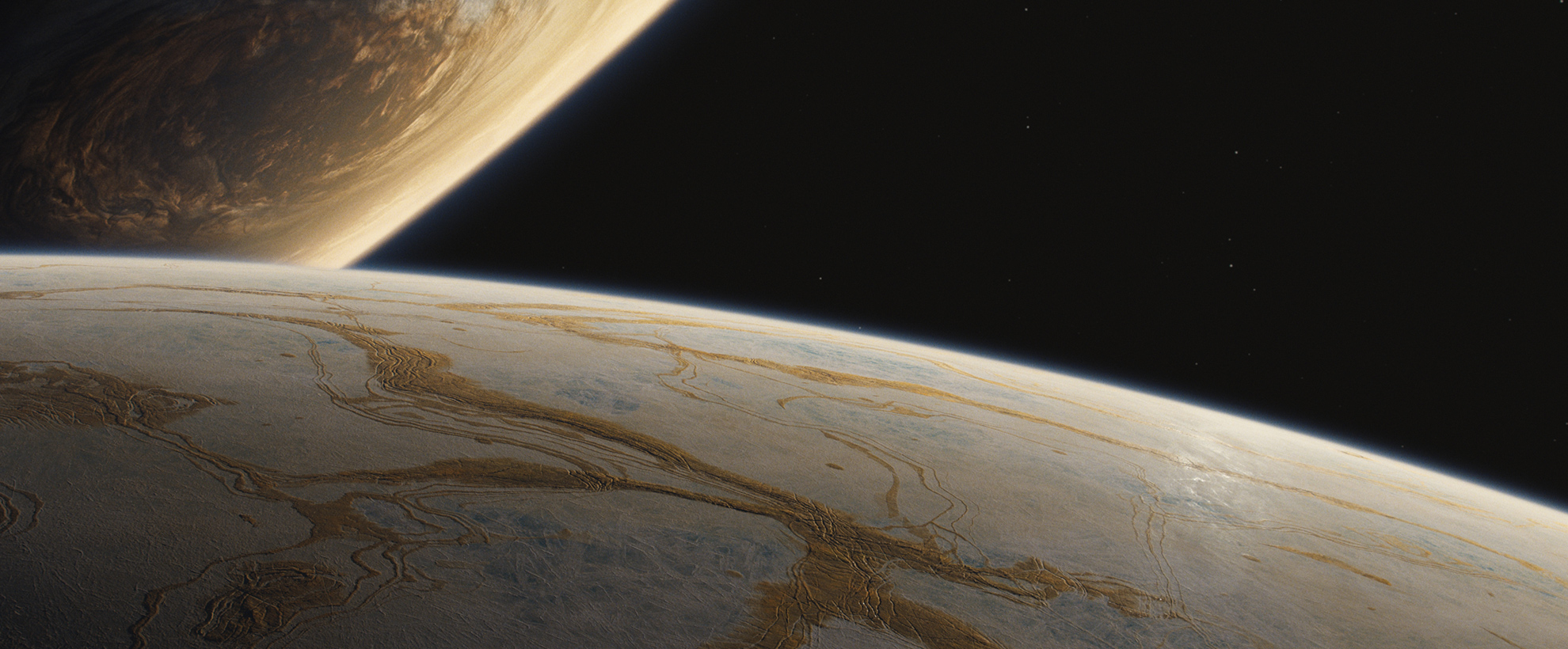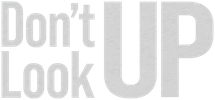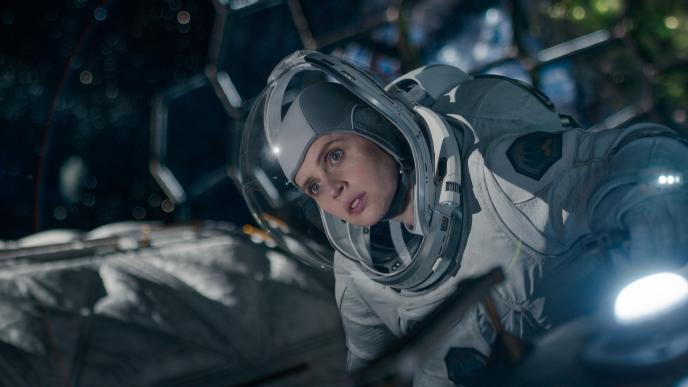

Don't Look Up
We're over the moon to have worked on satire Don't Look Up which tells the story of two astronomers attempting to warn mankind about an asteroid that will destroy Earth.
Our Montréal team was involved in the creative process from early concept art through to the show’s final VFX, working closely with director Adam McKay on complex environments and FX work, including outer space sequences, rockets, a comet, moon and an intricate deer-bird creature. Framestore VFX Supervisor Carlos Monzon and his team worked on 150+ shots that took in expertise from the studio’s vis dev, animation and VFX teams.


We had a lot of freedom to come up with ideas and it was truly a privilege to support a poignant story that’s acted out by Hollywood’s top talent
Outer space - rocket launch, a comet and the moon
In an attempt to destroy the comet and save planet Earth, the two astronomers played by Leo and Jennifer convince multimillionaire entrepreneurs to finance its destruction with high-tech drones attached to a rocket. “We handled the launch into outer space; building dozens of realistic-looking rockets taking off,” explains Monzon. “Each rocket deploys a drone that eventually lands on the planet's surface and blows up the comet, so there’s lots of FX work going on including smoke, fire and embers. There was a really close collaboration between the environments, FX and animation teams to make this momentous moment look impressingly realistic and that really helped support and propel the storyline.”


When creating the rockets, the team looked at NASA and SpaceX references to convey a near-futuristic look, which was a big task for modeling and texture. Framestore’s team also worked with a real-life astronaut, holding Q&A sessions throughout the show to create effects grounded in realism. One of the main challenges the team faced when creating the space-age rockets was to make sure they looked realistic enough to suspend the audience’s disbelief. “The rockets have drones on them, which have a crab-like shape that can perform various tasks from drilling holes to depositing explosives,” says Animation Lead Philip Morris. “We had to make sure the weight was distributed in a way that made sense as they latched onto the comet.”
Once in outer space, another challenge the team faced was making the shots appear as though they were filmed in zero gravity. Based on references from real-life astronauts filming themselves, the team scanned camera movements and used that data in order to convey genuine-looking zero gravity movements. Last but not least, the team created a moon, which saw environment artists spend months painstakingly working on the asset to make it look ultra-realistic. “I’m very proud of our work on the moon - it’s a testament to the high quality work we can produce here,” says Monzon.


An unidentifiable creature on an alien planet
As well as photoreal outer space shots, there was, of course, creature work which allowed Framestore to move from photoreal science-fact into the realm of pure science fiction. Making its first appearance on the pariadiasic world of ‘Eden’, the deer-bird created by Framestore had to be attractive and unthreatening; armed with beautiful large eyes, a peacock’s tail, long feathers and a deceptive smiling beak - it had all the tricks in the book that a predator would use to catch its bait. “In terms of its anatomy, the deer-bird is biped in the front and a quadruped in the back, which presented an interesting challenge when animating its movement and having it come together as a homogenous design,” says Morris.
The team carefully analyzed bird references such as the vicious Australian-native vicious Cassowary species - a predator with dinosaur feet and gigantic claws and worked with a 2D artist to get the shape locked in. “We then explored different color palettes for the types of bird and its feathers and did extensive research in texture and look dev to achieve the final look.” “It was a challenging but really interesting creative process,” concludes Morris. “A lot of work went into our vis dev team that took rough concepts and built on top of them and I’m incredibly proud of the end result”, concludes Monzon.



